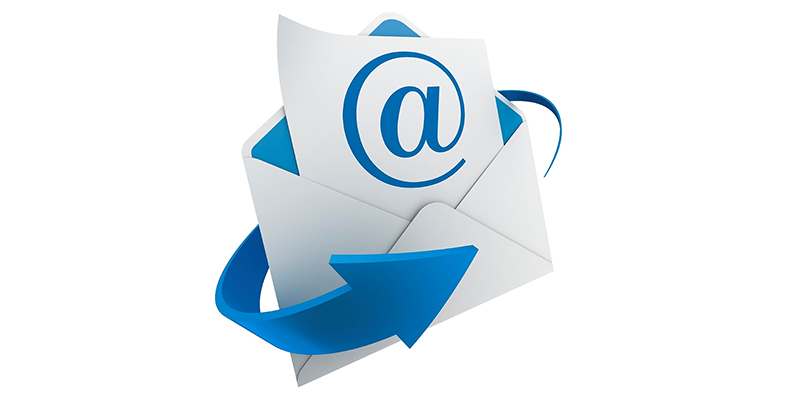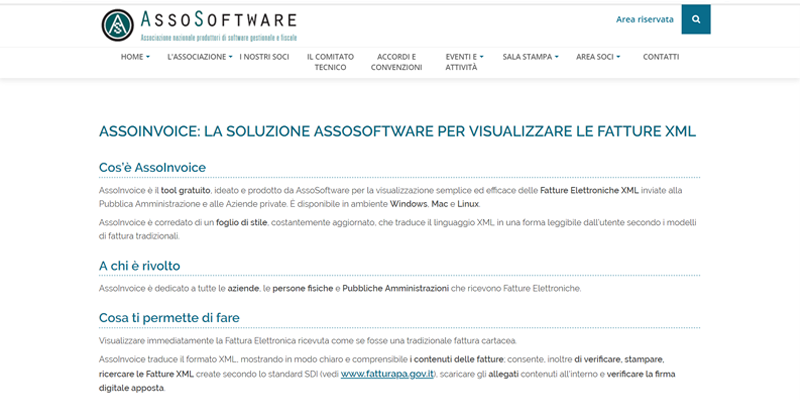I am about to write this article because many of our customers, to date, do not have a clear idea of the difference between the use of webmail or a e-mail client, in addition to the advantages that can derive from the choice of one or the other solution.
Let’s start by specifying that webmail is a web service thanks to which you access an online space from which you can manage our email account, sending and receiving emails (obviously there are other functions at which can be accessed vd, auto replies, archiving etc.).
Email clients, on the other hand, are software installed on your computer that allow you to manage the receipt, sending and archiving of emails.
Outlook, Mozilla Thunderbird, Windows Mail and Airmail are probably the most used email clients at the moment.
But let’s get to the main differences, so that you can understand which of these two tools you should use.
It should be pointed out that there is no right and wrong solution, a winning choice and a decidedly inconvenient one. Both have strengths.
The choice made is, therefore, personal and must be taken on the basis of the characteristics of the case.
Webmail
Web mail can be accessed anywhere, using any device capable of surfing the net.
All you need is an internet connection.
By typing the URL corresponding to the service used (eg www.gmail.com) or searching for the same from the browser (eg I go to Google Chrome and type the following keywords: gmail or google email), just enter your email address and associated password and that’s it.
The advantage of using a webmail is unquestionably that of being able to access it from any device (tablet, PC, smartphone) and at any time. You just need to be able to surf the net!
The disadvantages are essentially 3:
1) If at a given moment you do not have an internet connection, you cannot access your mailbox and consult the emails previously received, sent or archived;
2) Emails are not downloaded but continue to take up space on the server and many webmails have limited storage space (in this sense gmail is an exception, offering up to 15GB of online space), so you may find yourself (it happened to me) to have a full inbox and be forced to delete something;
3) If you have multiple accounts the management and use of the same is more laborious and less effective, having to, from time to time, “exit” from one to “reenter the other”.
Do you want to know how to increase visits to your website?
Book a free appointment online now.
Mail client
The mail client can be configured to manage different accounts. Think, for example, of entrepreneurs, freelancers, managers, etc…
Many professionals use different e-mail addresses depending on the purpose (for example, they have a personal account and others connected to the various activities to be carried out, name.surname@dominio.it, invoicing@dominio.it, communications@dominio.it).
In this sense, the most convenient and fastest solution is undoubtedly the use of an e-mail client.
The mail client, unlike web mail, downloads the emails from the server and saves them on the computer.
This mechanism has the undoubted advantage of allowing you to consult your mail (obviously from the device on which the client is installed) even when you do not have a connection.
As for the archiving, however, it is necessary to distinguish according to the protocol used.
The traditional POP protocol (or POP3) was designed to use the mailbox from only one device and causes the client to connect to the server and, once downloaded , delete your mail to keep it locally only.
This allows you to not take up space on the server and thus solve any storage problems.
The disadvantage consists in the fact that the received mail will no longer be available on webmail, so if you wanted to access the server through any location you would not find any trace of it.
The above is true unless the user sets an option that allows you to keep a copy of the mail also on the server (Register, for example, allows you to check the option “Keep messages on the server for [xx] days” ).
Please note that the POP3 protocol allows synchronization of the Inbox only.
A good compromise between using only webmail and the POP protocol client is the IMAP protocol.
Using this protocol, the client connects to the server, downloads the messages and stores them locally, however also leaving them on the server (unless they are manually deleted by the user).
The disadvantage is undoubtedly connected to the risk, in doing so, of reaching the maximum capacity of the space available on the server.
The IMAP protocol is, however, designed to meet the needs of those who intend to use multiple workstations because it allows a synchronization of all folders and not just that of the inbox.
Basically, if with the POP protocol I limit myself from time to time to download the received mail, with the IMAP protocol also the sent mail folder is synchronized, allowing me to view the emails forwarded from a device other than the one in use.
The IMAP protocol, in fact, allows you to synchronize all folders (Sent Mail, Trash, etc.).
Configuring an email client, as you can see, involves the knowledge of a minimum of technical notions, notions that not everyone has the time or the desire to learn.
BASE315 takes care of e-mail client configuration, working remotely.
If you need support in this regard, contact us and a member of our staff will be ready to help you.






